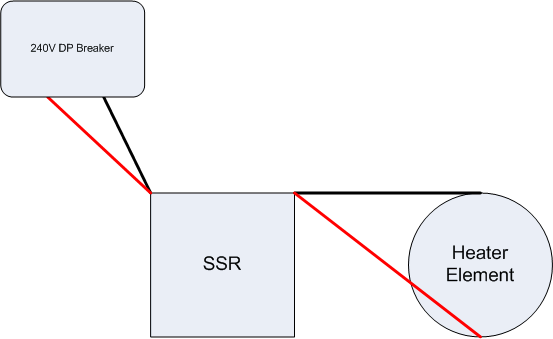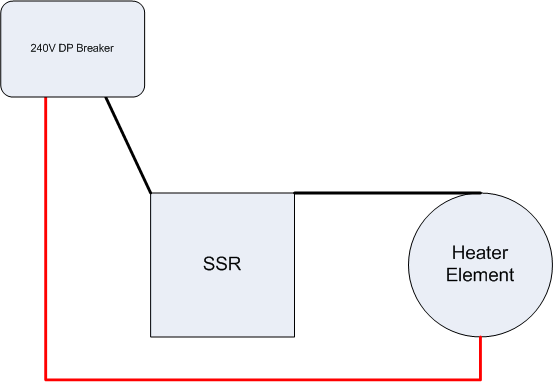danmeljeff
Member
I'm in the process of building my electric brewery. I've been researching the various ways to supply power to the heating elements (1x SSR, 2x SSR's, Switch to Mechanical Relay to SSR).
It seems like using a switch and mechanical relay is the preferred method, mostly due to safety.
My initial thought was to run both hot leads to the L1 post of the SSR, and then from the T1 post, split the wire and connect it to each post of the heating element. Since there is no neutral wire in play (just a ground wire), I can't see why this wouldn't work.
Having not seen anybody else wire it up this way, I'm fairly certain it isn't appropriate. However, I'm hoping someone can tell me why.
Thanks,
Jeff
It seems like using a switch and mechanical relay is the preferred method, mostly due to safety.
My initial thought was to run both hot leads to the L1 post of the SSR, and then from the T1 post, split the wire and connect it to each post of the heating element. Since there is no neutral wire in play (just a ground wire), I can't see why this wouldn't work.
Having not seen anybody else wire it up this way, I'm fairly certain it isn't appropriate. However, I'm hoping someone can tell me why.
Thanks,
Jeff





